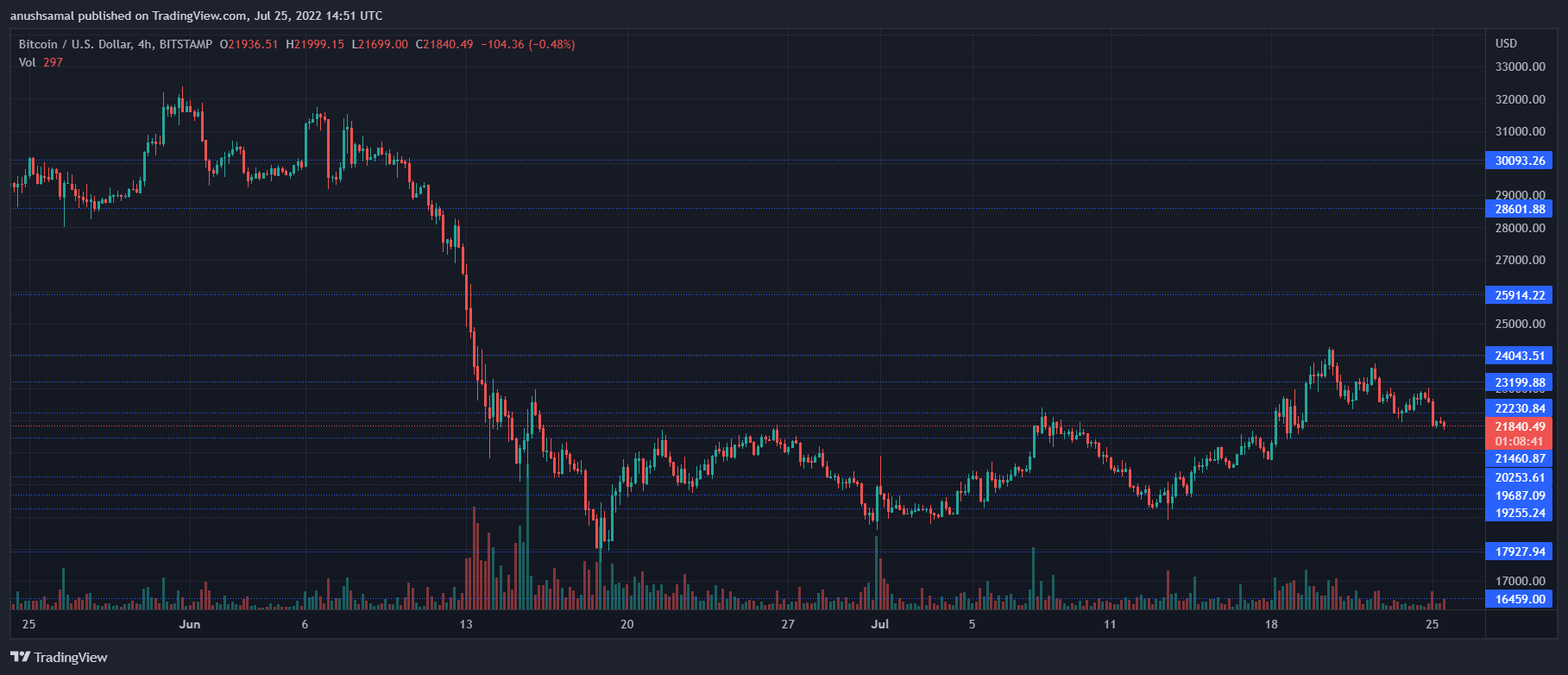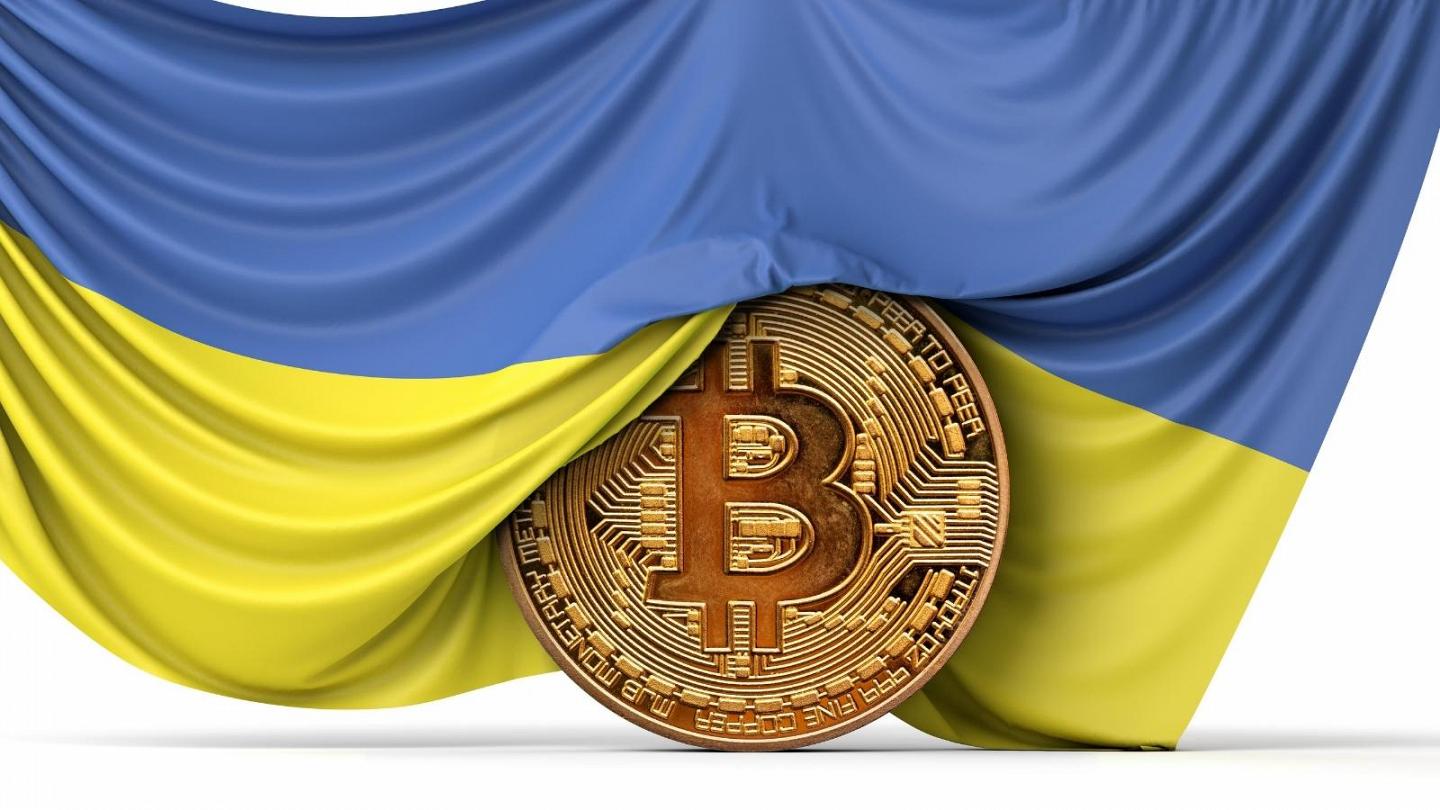Ukraine has imposed new rules restricting the Fiat usage, which in return would help boost the crypto economy. The National Bank of Ukraine had introduced certain new rules due to change in the country’s financial fundamental situation due to the ongoing military war with Russia.
NBU has now devalued Hryvnia against the US dollar by 25%. Along with this, the bank has also set new limits on banking operations. This move of changing the exchange rates of Hryvnia to US dollars and also imposing a restriction on the exchange quantity may help to increase the popularity of the crypto sector.
People might choose to shift to cryptocurrency in order to get pass the Fiat restrictions in the upcoming times. The representative of Ukraine’s local crypto sector also is of the opinion that these Fiat restrictions will help benefit the crypto industry.
The new regulations have updated that for private individuals banks can sell non-cash foreign currency to customers if only the amount of the currency have been deposited for a period of minimum three months and also without an option to terminate the contract.
New Restrictions Are Temporary
Part of the restrictions also include the substitution of the 50,000-hryvnia ceiling for withdrawals with that of a weekly limit of 12,500 ($340). Additionally, Peer-to-peer transfers from the cards issued by Ukrainian banks have been reduced from 100,000 hryvnia to 30,000 hryvnia.
Even the limit for cross-border settlements have been fixed at 100,000 per month. The restrictions imposed however, are apparently temporary in nature. Kirill Shevchenko, the governor of the NBU has mentioned that these measures are temporary.
He has assured that all these restrictions are in fact, special measures which need to be undertaken due to the continuing war.
All of these actions have been carried out to sustain the economy’s operation. These actions have been causing considerable impact on Ukrainian people. Millions of Ukraine’s citizens have been forced to evacuate the country and are still struggling to return to their homes. The restrictions have only made it tougher for the citizens to return to Ukraine.
Suggested Reading | Crypto Donations To Boost California Politicians’ Chance Of Winning In Elections
Surged Interest In Crypto
The restrictions by National Bank of Ukraine has now spiked the interest in cryptocurrencies.
Mikhail Chobanyan, the founder of the Ukrainian crypto exchange Kuna in a recent interview with crypto news outlet Forlog, stated,
We expect an increase in turnover and use of cryptocurrencies. In Europe, 100,000 hryvnias is nothing,” the entrepreneur added.
Chobanyan also mentioned that the levying of the new limits have caused obstruction to the work of volunteers. Most of the humanitarian assistance have been purchased with cards which are issued by Ukrainian banks owned by private individuals.
Due to the restrictions, the funds shall be directed through crypto completely. Chobanyan has also called the NBU’s stance aggressive and has also warned that Ukrainian banks and state budget shall be on the losing end because of such stringent policies.
Suggested Reading | Bitcoin ‘Back With A Vengeance’ – Crypto Liquidity Crisis Is Over, Citi Report Suggests

Featured image from Euronews, chart from TradingView.com









